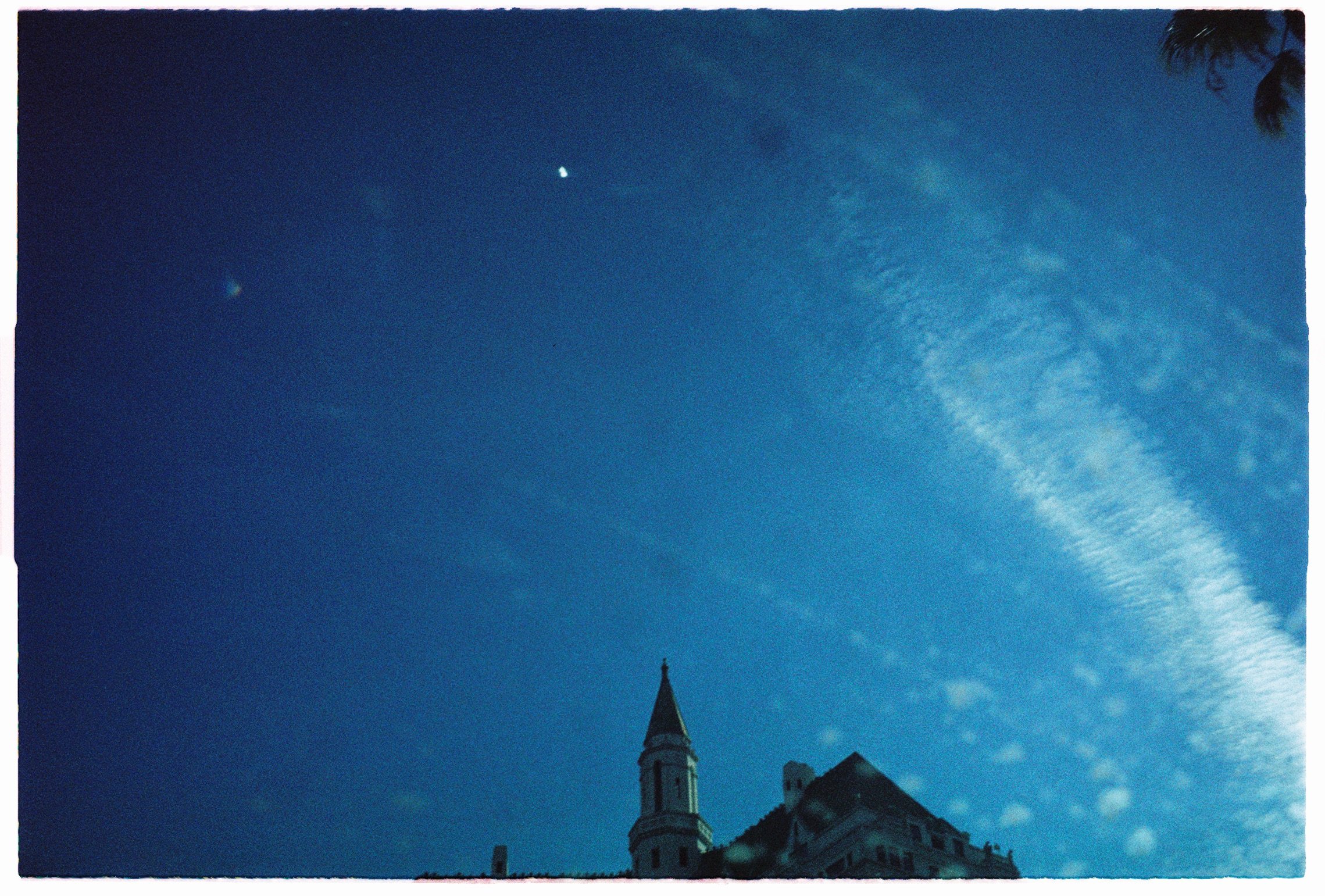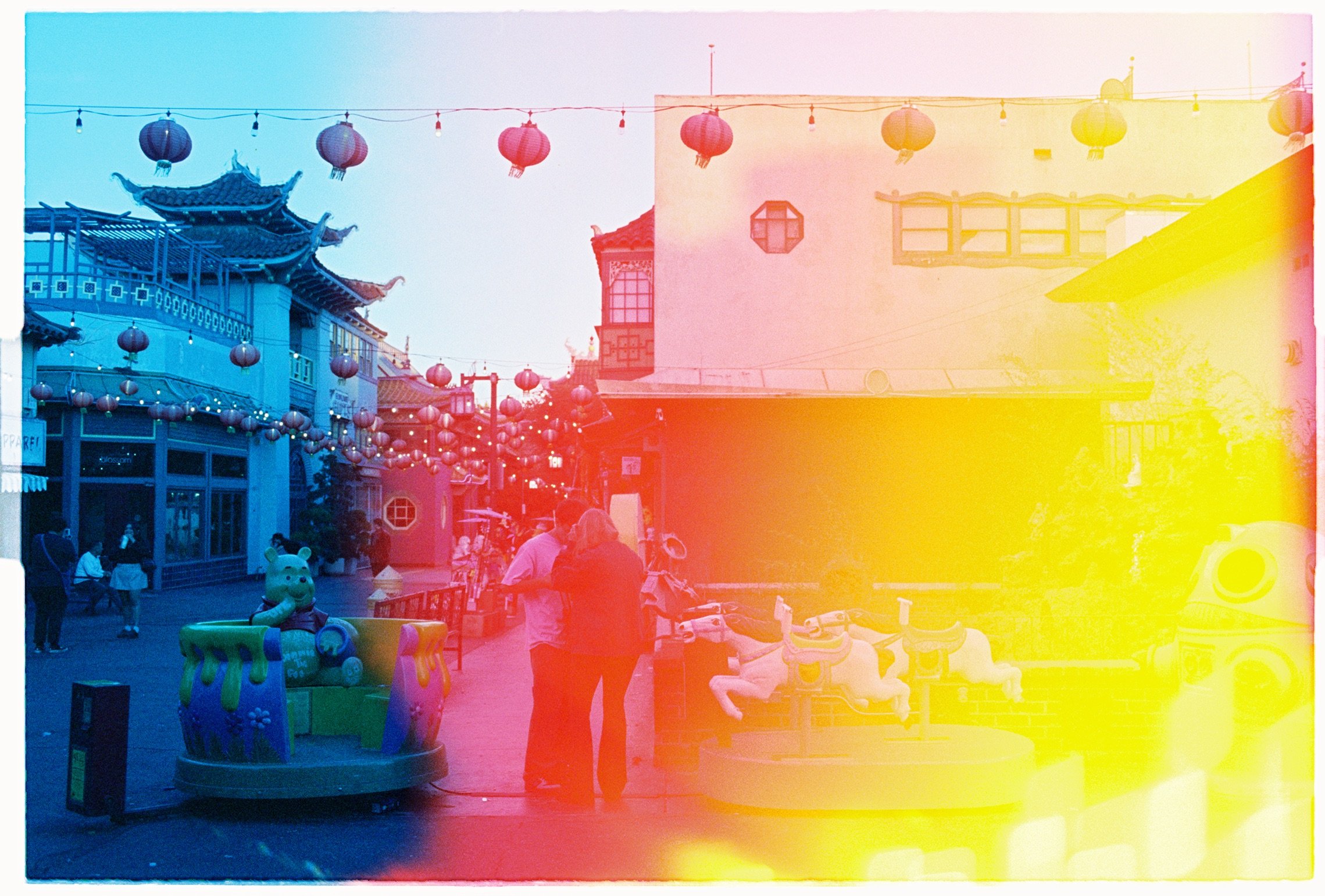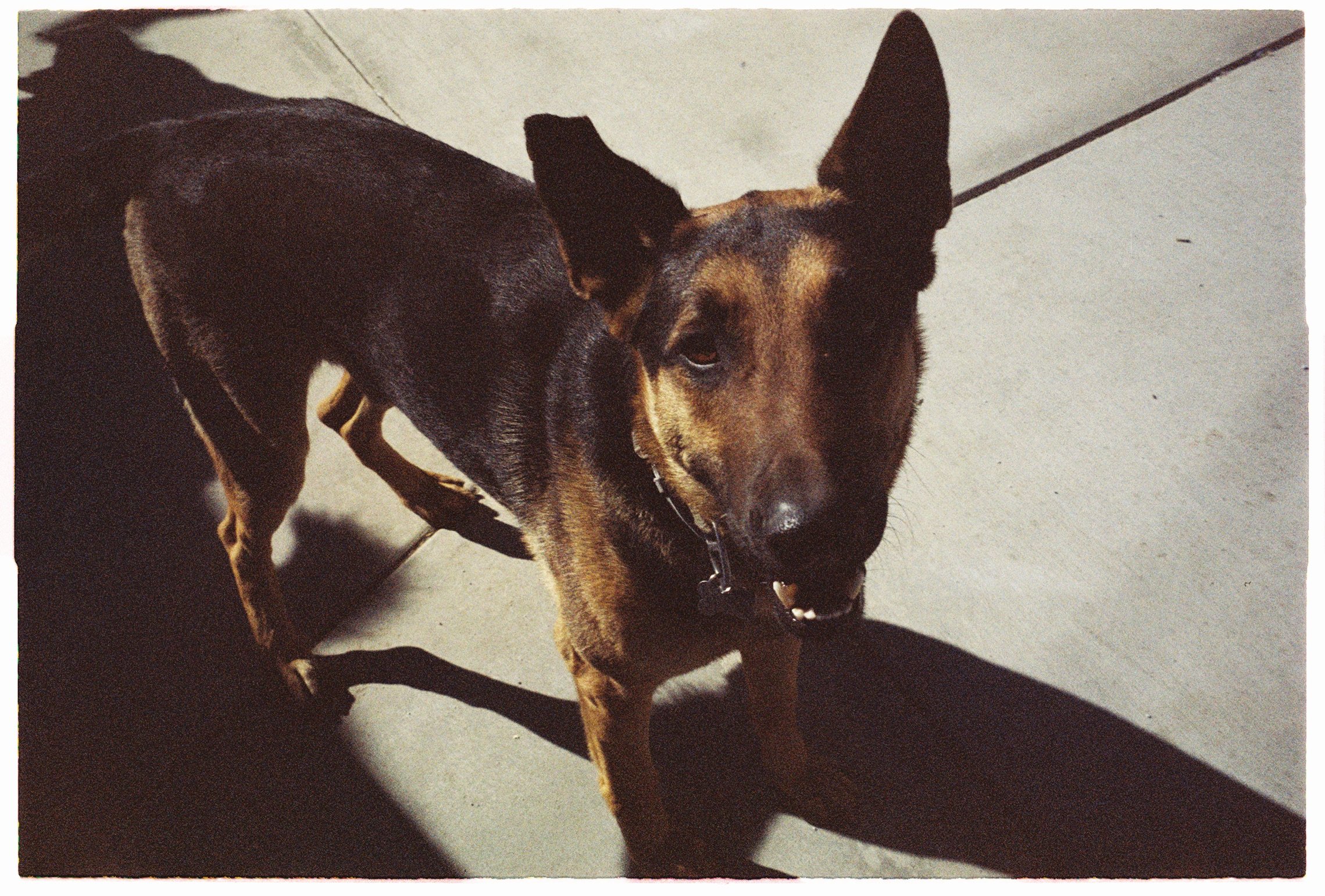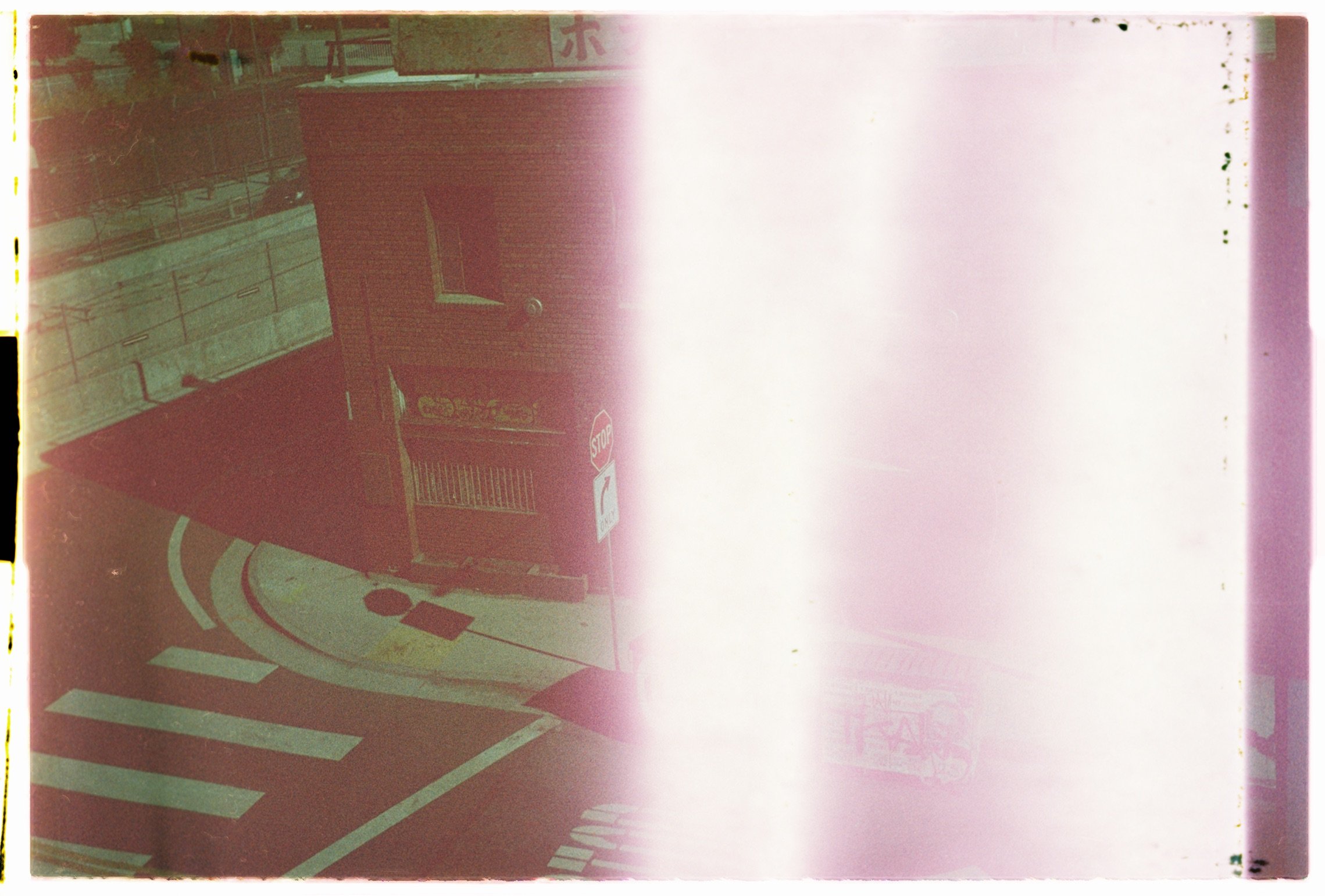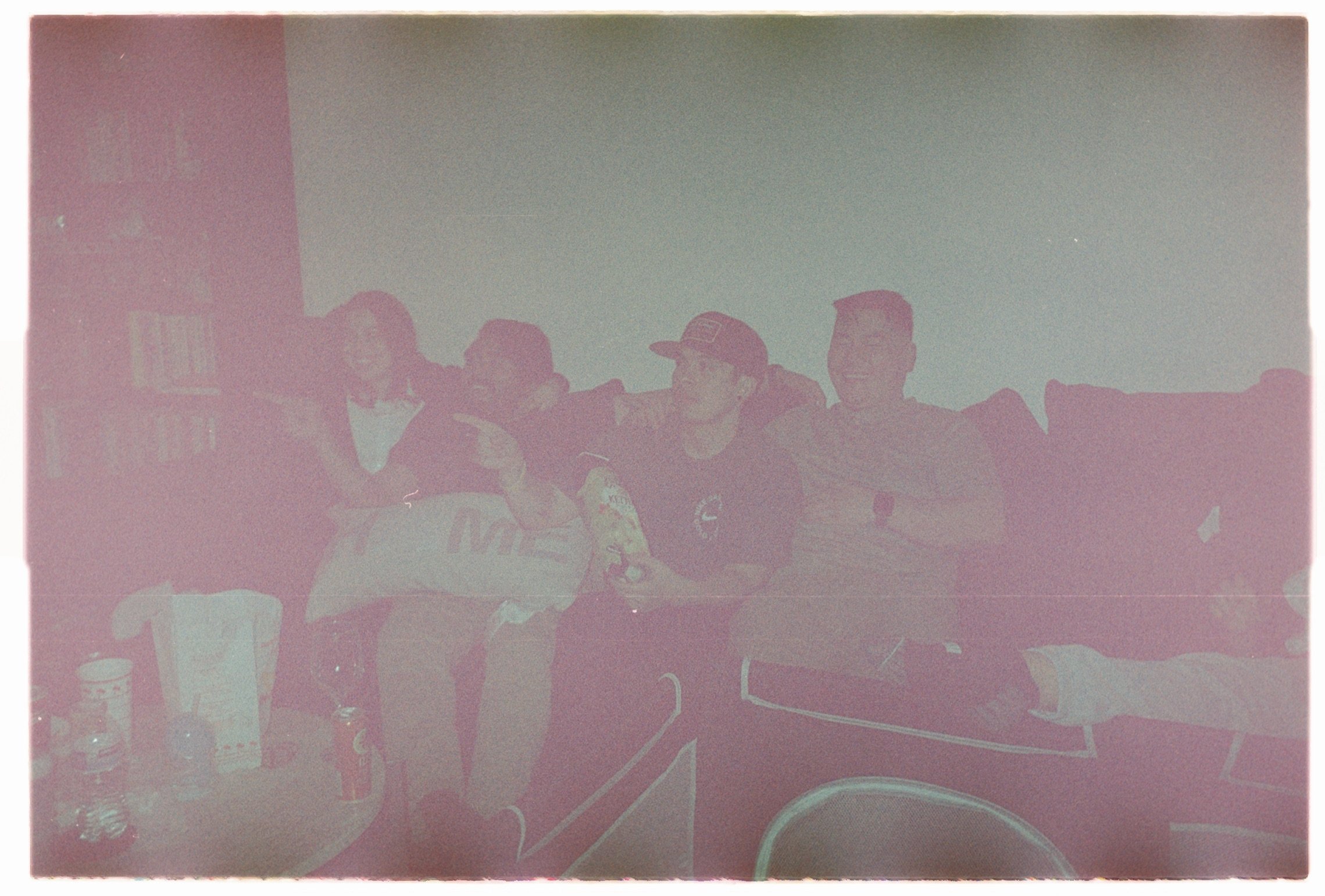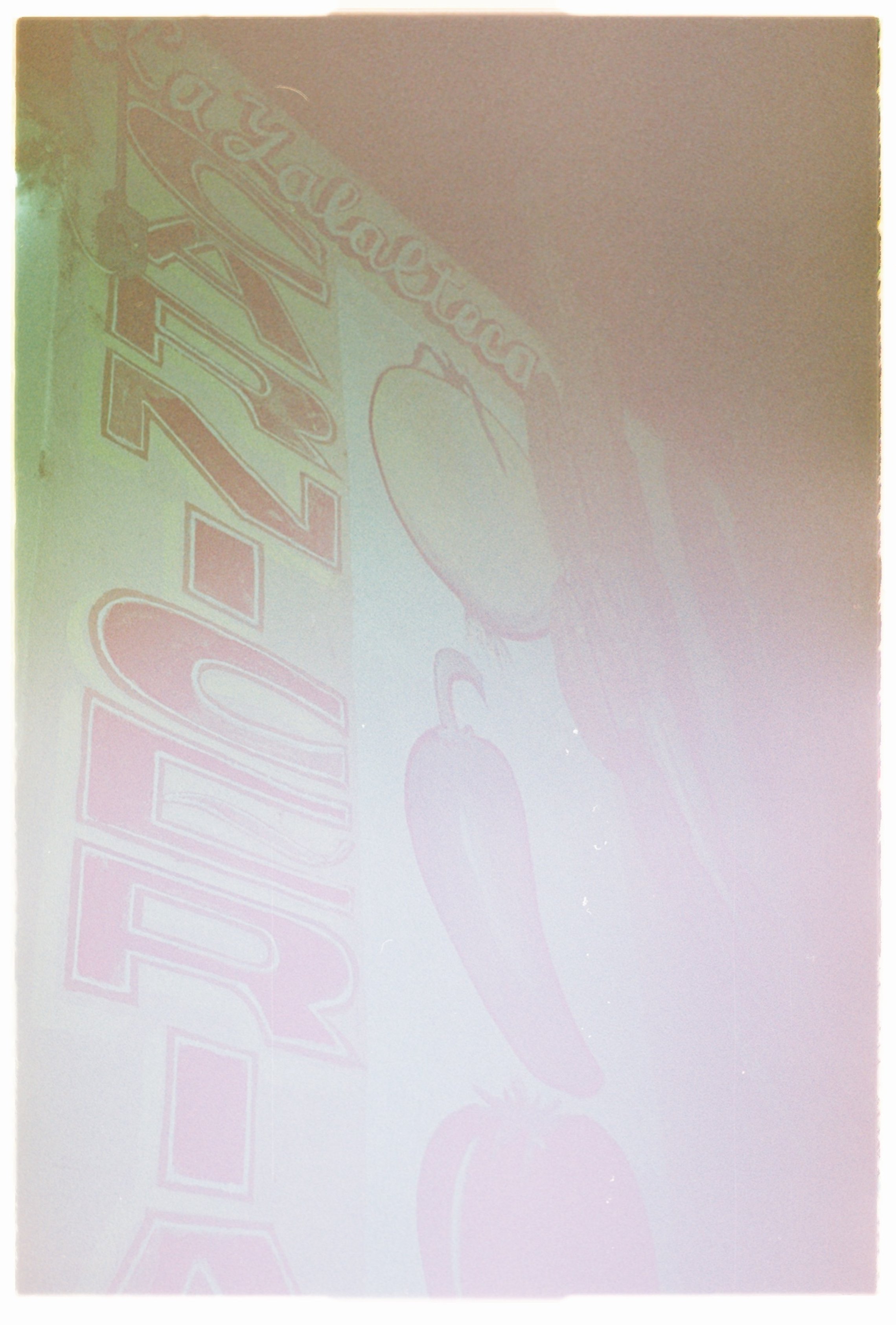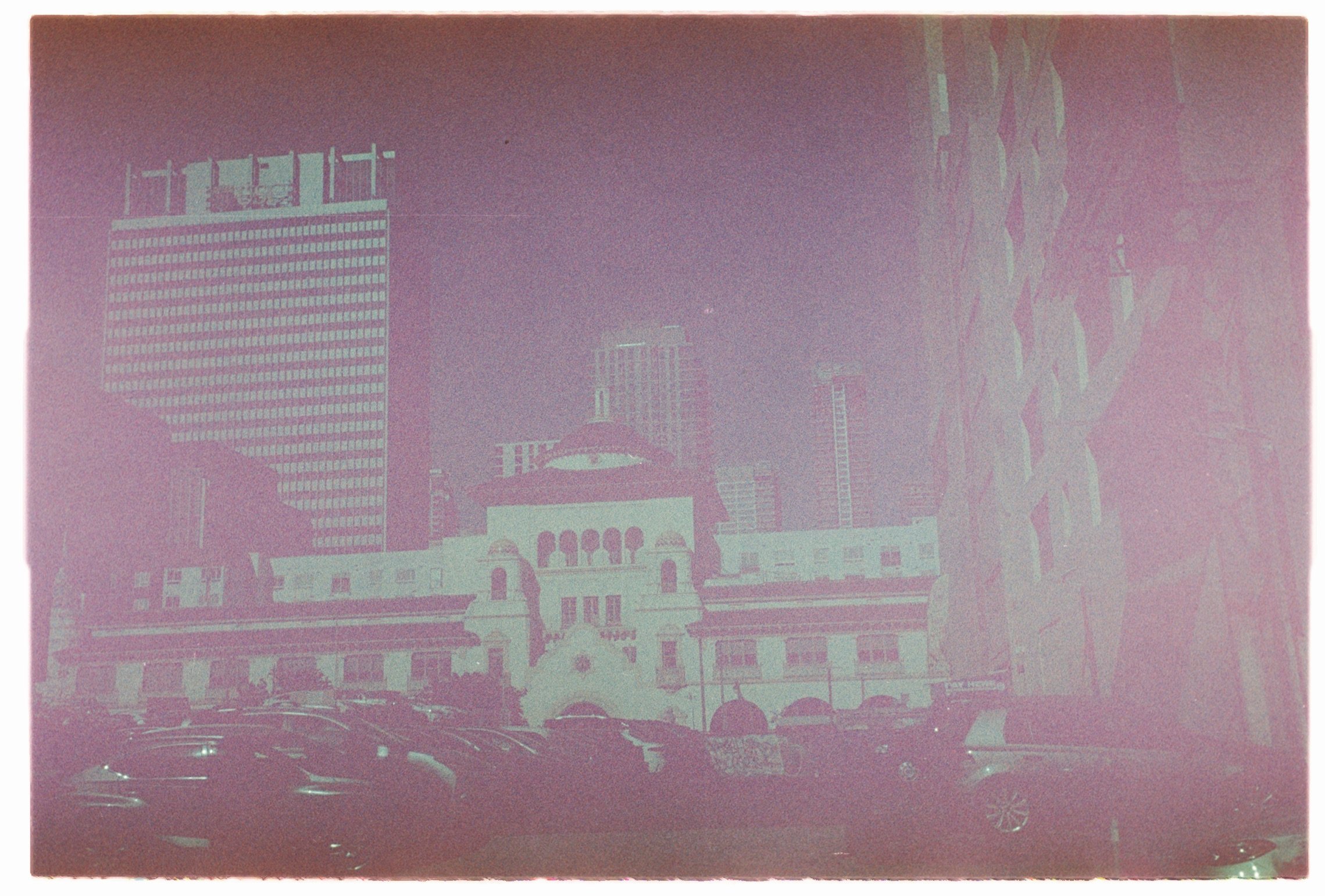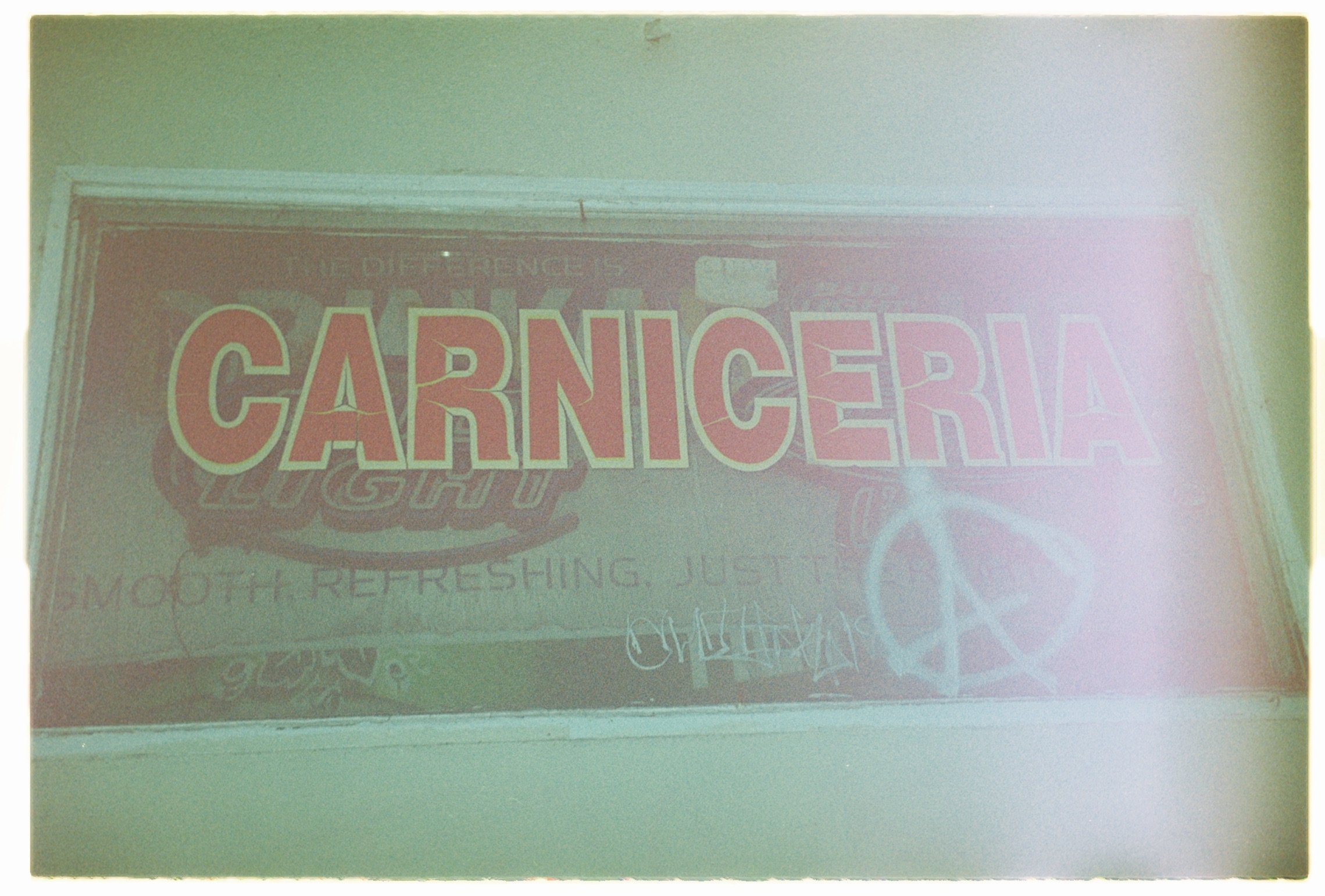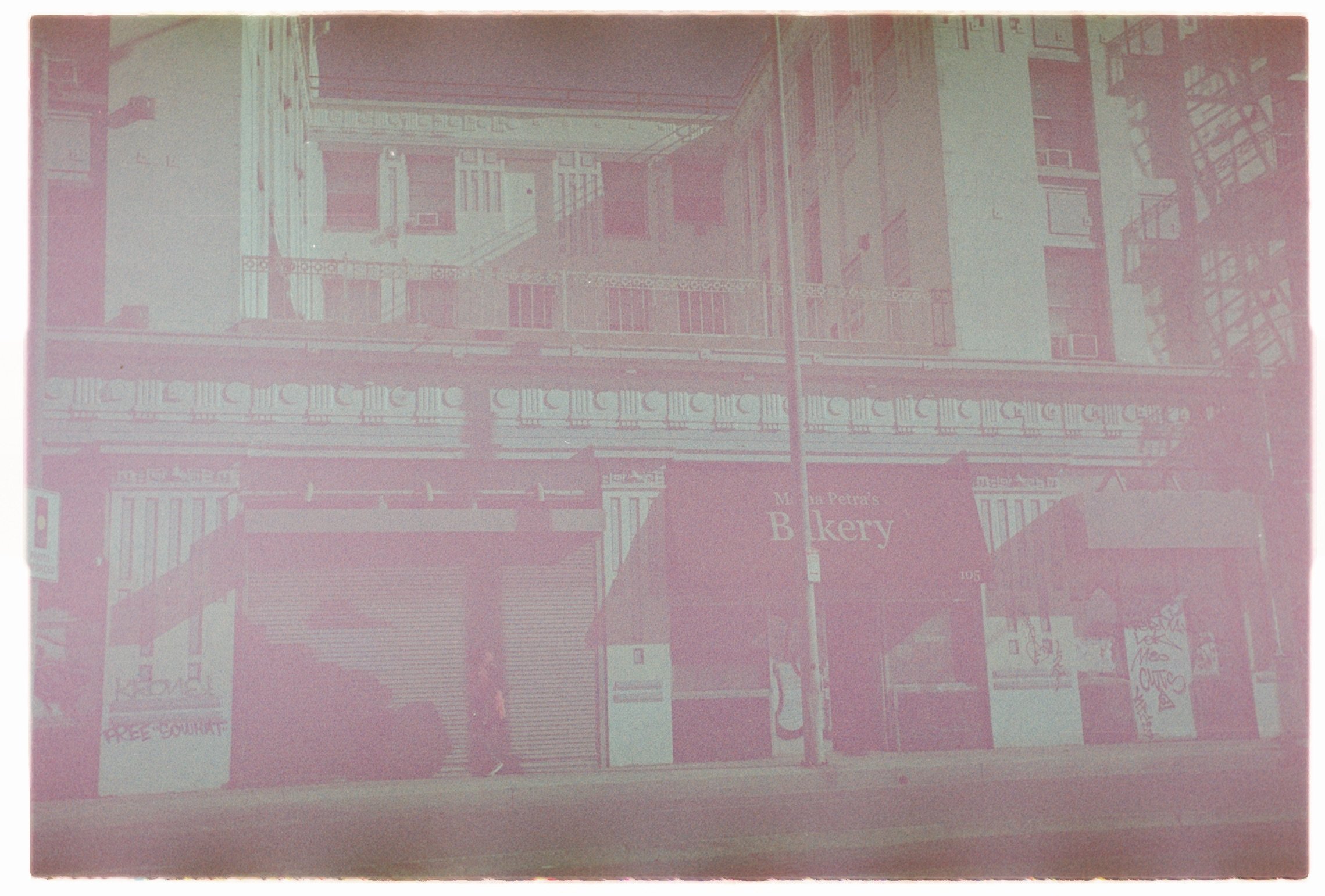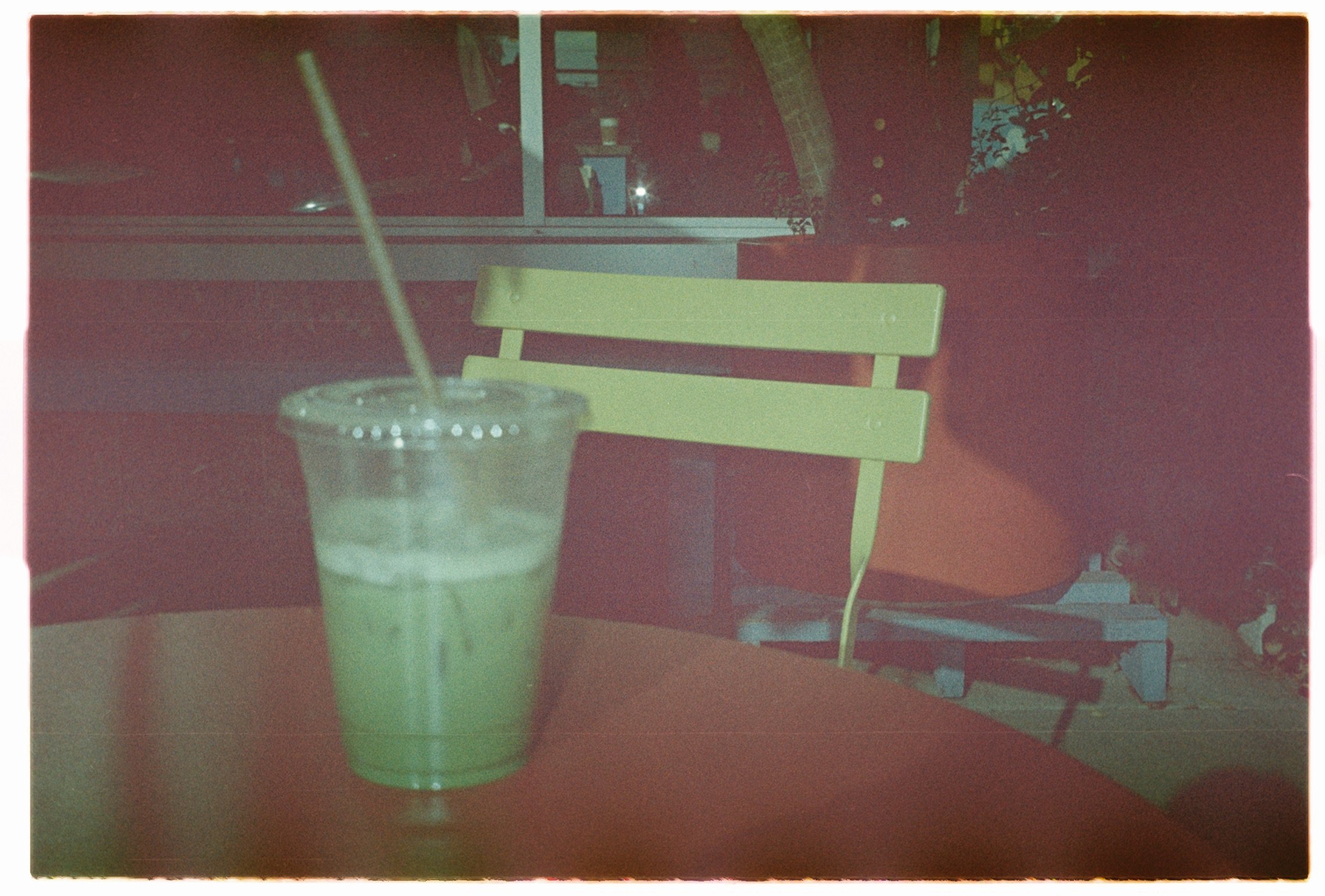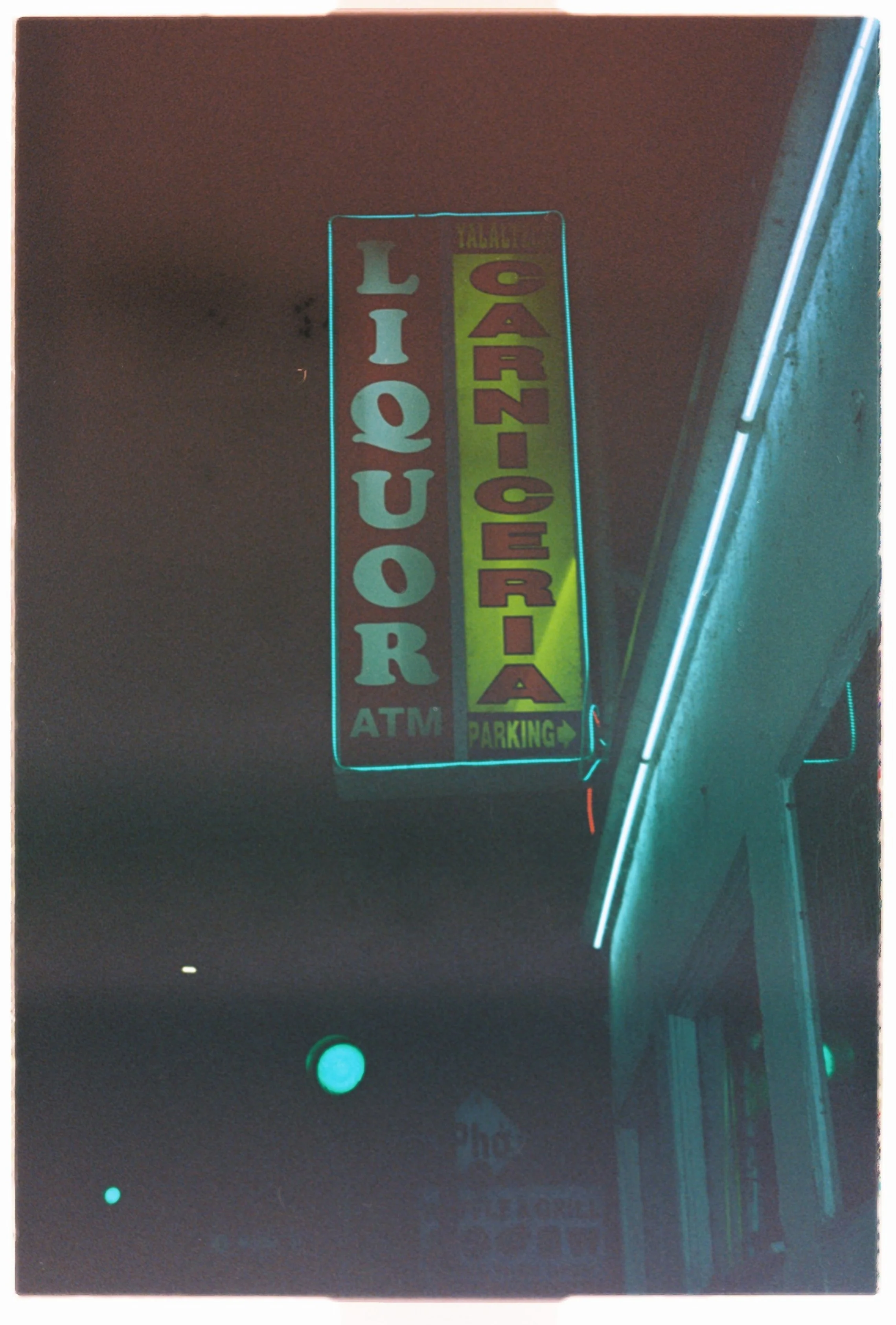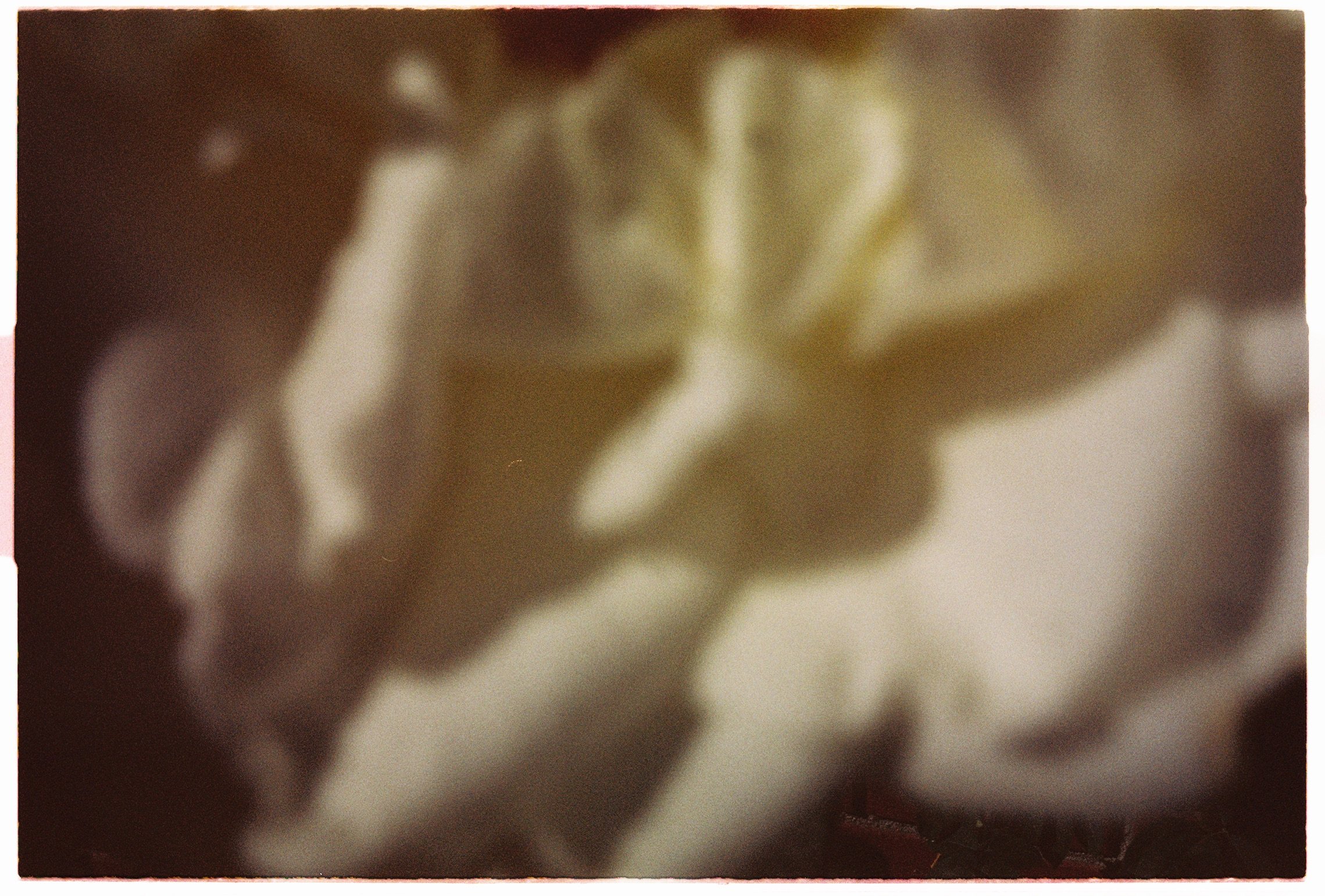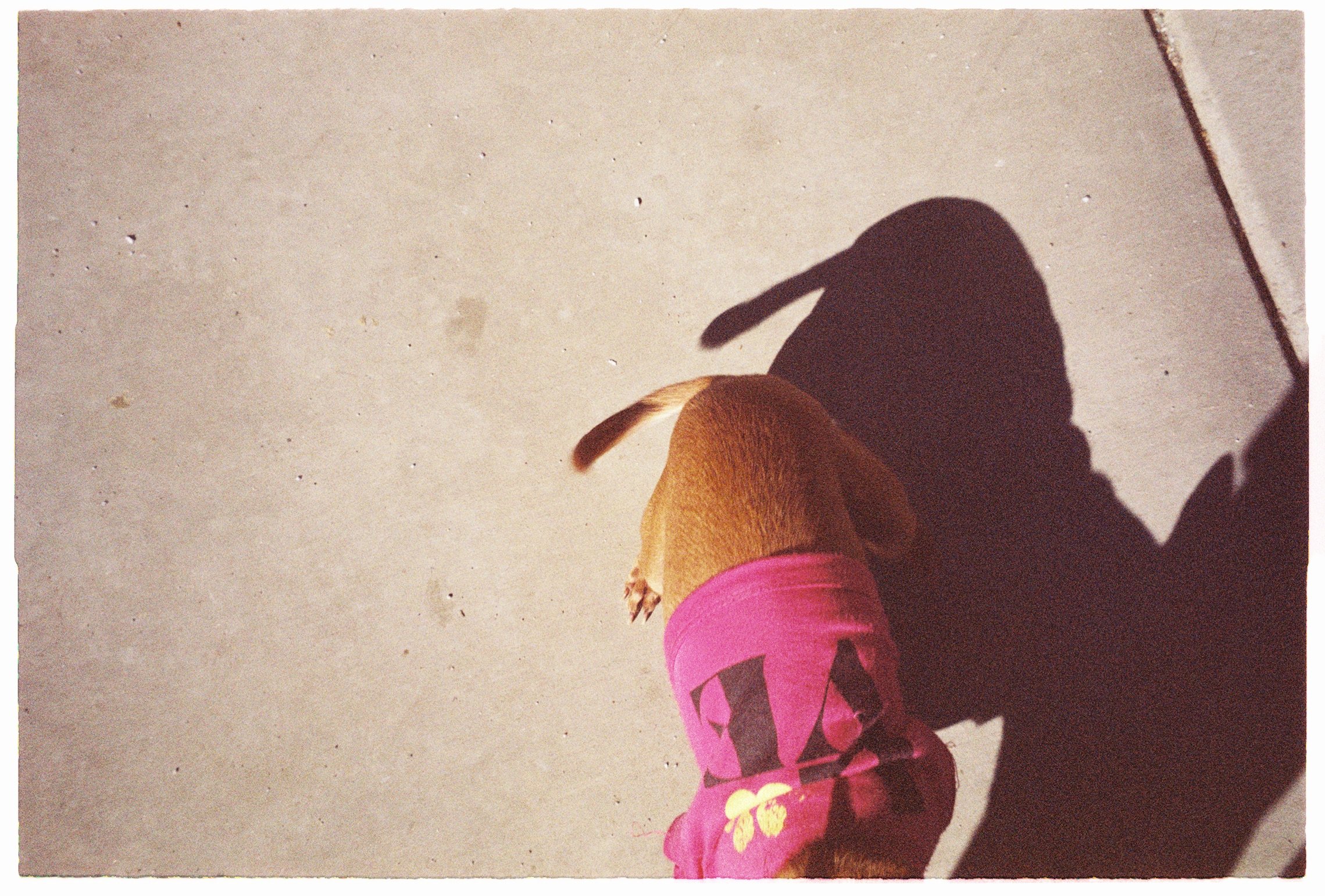Expired Film
Have you ever shot with expired film?
Did you know film expired?
Do you know film?
Okay I’ll introduce you
This month’s blog, we’re looking at some frequently asked questions regarding film photography. I posted a question sticker on my IG, you asked, I answered,… or atleast I did my best tehe. Alongside I also included a few expired shots of my own. Hope you enjoy them!
“Why can’t some labs take E-6 film?”
“Labs that don’t process E-6 film are basically telling you they dont have the proper chemistry/chemicals to develop E-6 the way it is supposed to be. Now, can E-6 be processed through C-41 chemistry? Yes, this is called cross-processing. But you will 1. produce a negative & 2.alter the colors and hues of your images to produce a more stylized image. There are several different E-6 film brands (Ektachrome, Fujichrome, Superia, Velvia) and I believe each one will cross process differently meaning you will get different results for all of them if you decide to experiment with it in this way. ”
E-6 film is also known as Slide film, Transparency Film or Color Reversal film. Traditionally when your process your regular color film (C-41) you are left with a negative (the brown strip). With E-6 film you contrastly get a positive and you’re left with a strip in which you can see the images with its true colors. This is different that a negative in which you would have to scan and reverse that scan in order to see the image clearly and its true colors.
Some people enjoy E-6 because you can display the slide film itself as a tiny image. With C-41 film, photographers usually will just archive and put the negatives away.
Unfortunately I do not have any examples of E-6 or cross processed E-6 as I have not shot with it myself.
“Why do they say I can’t open my camera when film is in it?”
“You will ruin your film and have no images as you will have exposed them. When we say exposed we mean light has hit your film. The way that images are made on your film is by your camera letting in some light through its lens in a fraction of a second to create the image that is in front of it. If you then decided to open the back of your camera or take out your film as it is out of the canister your essentially ‘burning’ the film with all of this intense light coming from every angle and thus burning away your images and being image less. If you don’t know to rewind your film when your done with it on a manual camera or if you belive your point & shoot camera didn’t automatically do it for you , you must take it in a COMPLETELY DARK room and do it manually,…..or just take it to your lab and ask them to do it.”
This is an example of my camera being accidentally opened for a fraction of a second in a dim room and exposing the images I had already taken. The yellow and red flares are the result of that. Film is super sensitive, be careful.
“How do I know which film I should buy?”
“When it comes to choosing a film stock, there is not right or wrong answer. Finding the stock that you prefer is a journey and usually if anyone is a beginner I will lead them towards a cheaper stock. I will still share the differences among the stocks but ultimately, shooting film can be a skill to acquire for some so might as well save some bucks while you’re at it and not discourage yourself from pushing through the journey.
Perhaps I’ll do a whole blog post of different stocks one day but for now things to consider when choosing a stock is your budget, the composition of the color scheme you prefer (warm tone vs cool tones, vibrant vs not so vibrant, high contrast vs low), time of day to determine ISO/ most consistent lighting you will be in when shooting with the roll, & type of camera (because if it’s a Point n Shoot ISO wont play such a strong determining factor).
Kodak stock can sometimes lean warm or try to be balanced like Portra, Fuji won’t be as vibrant, Cinestill800 is tungsten balanced which means that if you shoot it in regular daylight, you’ll see a blue-ish cast, Cinestill50D does the opposite and leans warmer. At the end of the day, your choosing which filter you like best for your photos and these ‘filters’ change when you push or pull film. *sigh* So many things to talk about, such short attention spans to consider lol”
“Experiments you can do with film and not digital?”
“Double Exposing: in your camera before developing, can also be done in the dark room with an enlarger if you have access to such a thing. Double exposing is taking an image on one frame and then setting up your camera to stop it from reeling onto the next frame so you can then take a 2nd photo on that same frame, thus stacking 2 images on one.
*If you have never experienced traditional printing with your 35mm negatives, I highly suggest it, its magical, I cry. Cyanotype printing also has a similar feeling to printing in the dark room and can be accessible and safe to do at home. You should try that too.
Souping (Before Developing): Leaving your film canister in a jar of liquid/liquids of your choice (tea, lemon juice etc.) Some people leave it for 24 hours and it can be done either before or after shooting with it, either way you must allow some drying time so you don’t contaminate your camera or your labs equipment.
Pre-Exposing (Before Shooting): I’ve only seen it done with christmas lights in a dark bag but it’s a similar concept to souping but instead of liquids its different forms of light and of course you expose the light for a fraction of a second instead of 24 hours. The results are the experimental films you see produced by Psychedelic Blues or Revolog.
Destroying (After Developing): This is souping but after your film has been developed. More destruction can take place to the negative itself. I’ve seen people pour bleach or leave it in lemon juice. This process allows you to be more selective of which frames/images you would like to alter since you can cut your negative as it is out of the canister.
Example of double exposure.
“Do you recommend buying expired film?”
“Great timing! Here are all of my expired film shots! But to answer your question, that is entirely up to your liking of the expired-look and the understanding that the ‘look’ wont be the same across different brands.
Things to consider:
There are actually some brands out there that try to extend a film’s shelf life beyond the expiration date therefore some stocks won’t give you such ‘altered results’.
Expired film can sometimes be a bit more expensive for its unique - one - of - one character similar to vintage clothing.
Expired film can be so expired that you can find yourself paying a pretty penny for blown out images that are difficult to decipher.
At the end of the day people will go after expired film for its altered colors, heavy grain and surprise aspect of the whole experience. I myself was gifted 2 expired rolls so no money was spent and in conclusion, would I personally shoot with expired film again, probably not, but you do you, I support you truly.”
Expired Kodak Gold 200 Roll #1 : This roll contained a heavy fade look, heavy grain, heavy on the magenta in the shadows and the greens are brought out a bit more which can be common in expired film. All of them are below and are pretty distinct lol.
Expired Kodak Gold 200: Roll #2 This one would be the images that don’t contain that lightened fade. They actually appear darker and the contrast was higher. The blues in these images were pretty saturated and the highlights and shadows still contained a significant amount of warmth. Images from this roll include question 1 & 3, the last 2 photos below and the header image.
I wish I remembered how expired each roll was but I don’t. I’m sure one was further along than the other hence the different results. All images are raw and unedited.
